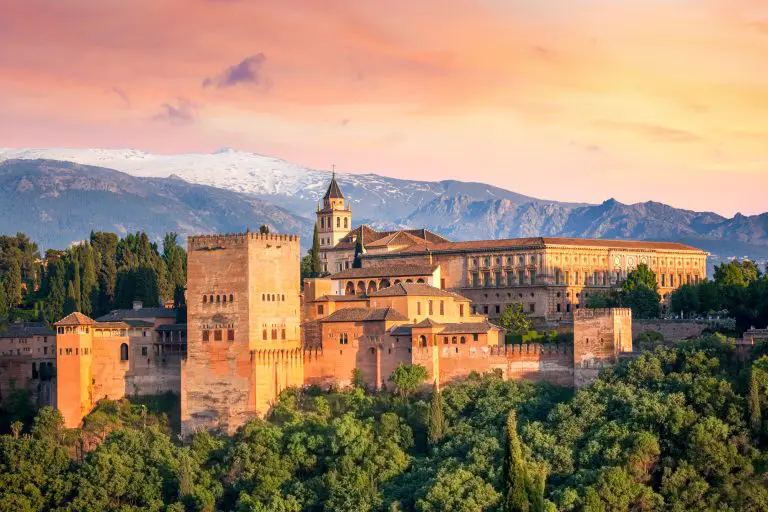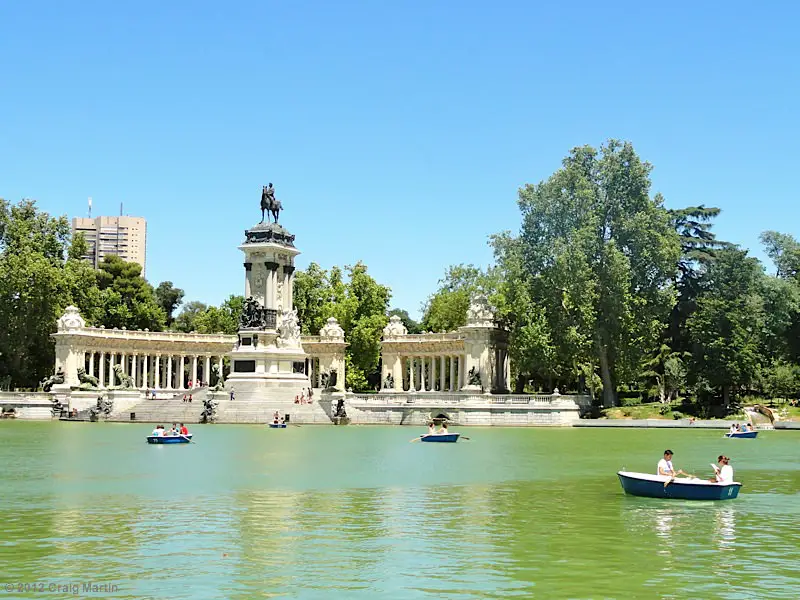Spain travel tips: What is a menu del día? How to order lunch in Spain
Lunch is the main meal of the day for most Spaniards, and it’s usually eaten at home during a long lunch break. It’s a lot more than a quick sandwich or sausage roll, consisting of three separate courses plus bread and drinks.
Somehow, though, it’s not ostentatious, and the restaurant versions of a Spanish lunch are usually simple and affordable. Though it’s possible to order a la carte, a menu del día lunch will save you a packet off the menu prices of the same items — I’ve paid as little as €6 for a full lunch, though €10 is an average price and €15 is common for classier places.
What is a menu del día?
A menu del día is a set course lunch: a great option for eating out in Spain on a limited budget, and it’s tasty too — Spanish food is famous for a reason!
You’ll find variations on the menu del día theme in many other European countries, and if you’re on a budget, making lunch your main meal can save you a lot of money. Look out for signs advertising Tagesmenu in Germany, plat du jour in France, and menu del giorno in Italy.
What’s included in a menu del día?
A typical menu del día will come with three courses, bread, and a drink. Let’s look at the food you get in each of them:
1. Primer plato (first plate)
In Spain, your first course is often vegetable-based, such as a soup or salad, though options are endless. Be aware that a mixed salad almost always comes with tuna on top.
In some parts of the country when you order a soup, you’re given an entire tureen which you can refill from as many times as you like. Don’t eat too much, though — you need to leave space for the second course.

2. Segundo plato (second plate)
The second plate tends to be more meat-based, and you’ll usually be given a fish option. In some establishments, on Fridays, all the options will be fish, due to the Catholic tradition of not eating meat on Fridays. The meat is often accompanied by chips or boiled potatoes.
Be aware that these are not “entree” and “main” portions — the first course and the second course tend to be about the same size.

3. Postre o cafe (dessert or coffee)
Depending on the restaurant, you might be offered “postre o cafe” or “postre y cafe“: dessert or coffee, or dessert and coffee. The dessert is usually very simple: a piece of fruit, a yoghurt, a plastic-cup flan.
You might be lucky enough to be offered a slice of cake or an ice-cream cone, but don’t count on it, especially in the cheaper places — once our options were an apple or an orange.
Your coffee options are solo (espresso) or con leche (espresso with hot milk added, like the antipodean flat white). You could also ask for an americano (espresso with hot water), but that’s not as common.

4. Bebida (drinks) y pan (bread)
A menu del día almost always includes a drink and bread for the table. Drinks may include vino (wine), cerveza (beer), aqua (water), or a soft drink (use the brand name).
Depending on where you are, you might have more or fewer options — in Jerez we were told we couldn’t order wine, which would be unheard of in the rest of the country.
Sometimes you’ll be given a glass of wine, other times they’ll give you the whole bottle and you can drink as much as you like.
How to order lunch in Spain – a menu del día or a la carte
- Be aware that the word menu usually refers to a menu del día, and not a printed menu in the English sense. If you want to see a printed menu, ask for a carta.
- Although it might seem like a good way to save money, do not share a menu del día. The idea is that it’s a full, balanced meal for one person.
- You probably won’t get a printed menu listing your menu del día options. They are usually written on a chalkboard outside the restaurant, so make your choice before you enter or take a photo if you want more time to decide.
- In some establishments, you won’t be given any kind of list, the waiter will merely tell you your options — and you’re expected to make a choice then and there. It helps if you go in with a rough idea of what you want (soup and fish, for example) and order the closest thing to that.
- Check the chalkboard carefully for what’s included and what isn’t, or you might get a nasty surprise when it comes to paying the bill. For example, in Cordoba we were drawn in by a sign advertising the cheapest menu in town, only to find that drinks weren’t included — and our glasses of wine cost double every other bar! Good scam.

More Spain Travel Stories:
- Spain travel
- Top ten things to do in Spain (podcast)
- What to eat (and drink!) in Madrid
- A Coruna Itinerary: The Best Day in A Coruña, Spain (travel podcast)
- Rail Passes, Buying Tickets and How To Plan Your Train Travel in Spain COMPLETE GUIDE 2022
- Why you shouldn’t move to Spain
Top Tours in Spain








Indeed I really love Spanish, especially Galician cuisine. The meal is simply seasoned, wholesome and very satisfying.